Feral cats, sometimes lovable and sometimes elusive creatures, have become a growing environmental concern across the globe. As they roam beyond their urban landscapes and into rural backwoods, these cats play complex roles in ecosystems. While their presence is a testament to their adaptability, it also underscores a burgeoning problem for native wildlife. This article explores the multifaceted impact of feral cats on local wildlife, shedding light on an issue that has captured the attention of conservationists, pet lovers, and global communities alike.
Understanding the Rise of Feral Cats
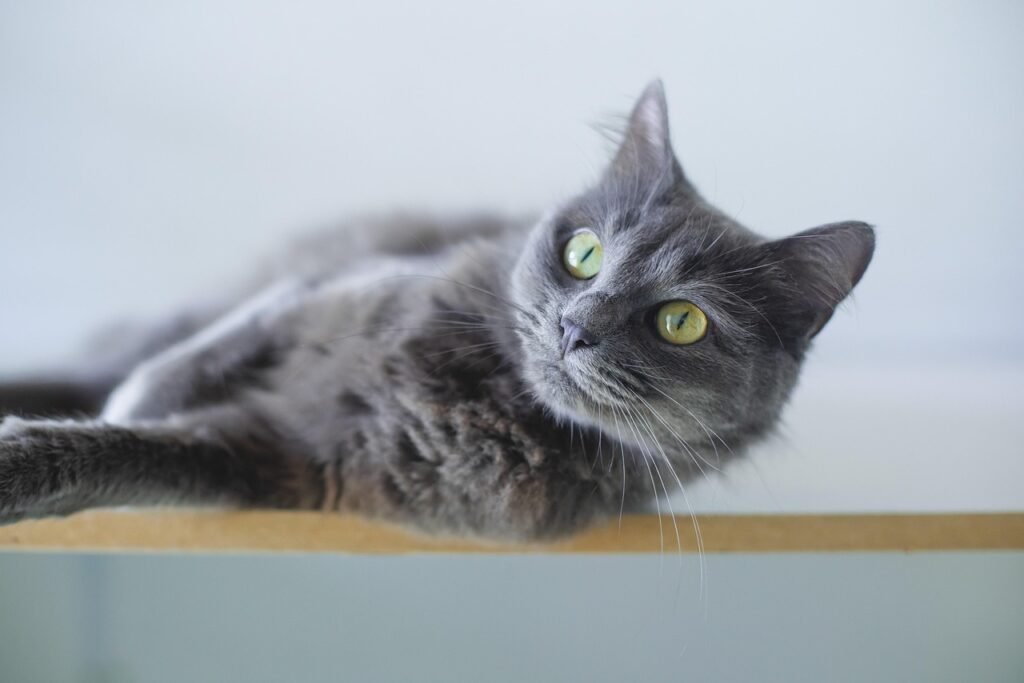
Feral cats are domestic cats that have reverted to a wild state. This transformation can occur in several ways, often starting with cats that were once owned and later abandoned or lost. Without human owners to care for them, these cats survive and reproduce in the wild, creating colonies that can grow rapidly. This phenomenon has been exacerbated by human intervention, such as pet abandonment and accidental escapes, leading to a significant increase in feral cat populations worldwide.
The Role of Feral Cats in Ecosystems

In their respective environments, feral cats have taken on the role of hunters, preying on a variety of species from insects and small mammals to birds and reptiles. Their omnivorous and opportunistic feeding behaviors help them thrive in diverse habitats. However, this also leads to imbalances as they often overhunt native species that are not evolved to evade feline predators.
Predation on Native Wildlife

The predatory habits of feral cats pose a significant threat to native wildlife, particularly on islands and in isolated ecosystems. Birds, small mammals, and reptiles that lack natural defenses against cats are particularly vulnerable. Studies have shown that feral cats contribute to population declines, and in some cases, the extinction of native species.
Impact on Bird Populations
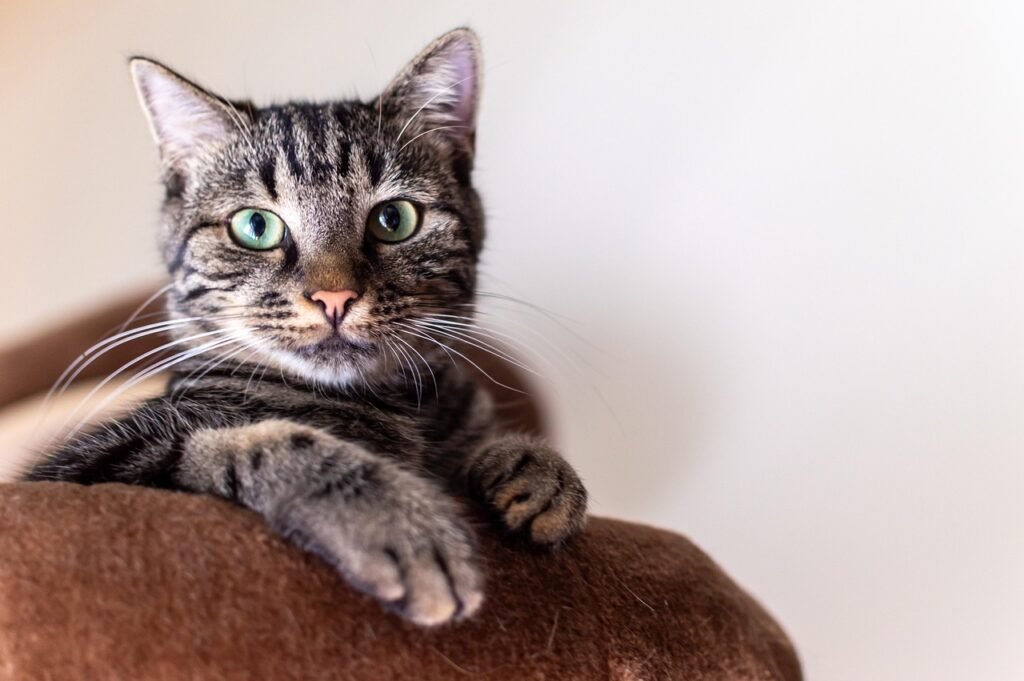
Birds are among the most affected by feral cats. These feline predators are skilled in stalking and capturing avian prey, including ground-nesting birds and fledglings. The loss of bird species can lead to ecological imbalances, affecting processes like seed dispersion and insect population control.
Effects on Small Mammals and Reptiles
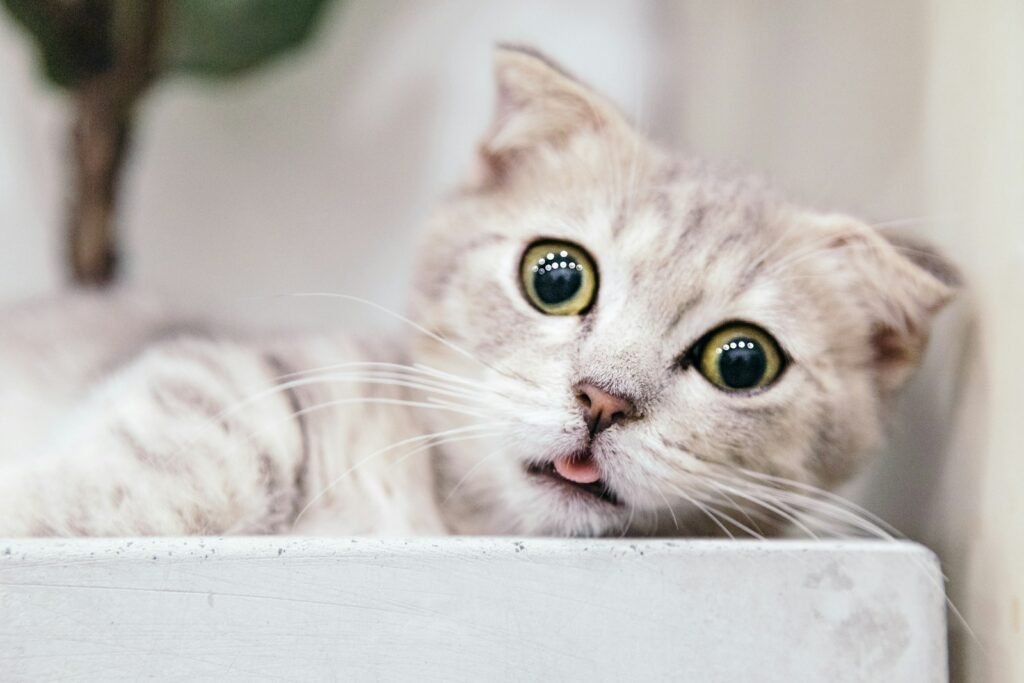
In addition to birds, small mammals and reptiles face significant threats from feral cats. Species such as rodents, amphibians, and lizards often fall prey to these agile hunters. The decline in these populations can ripple through ecosystems, given their roles in food webs and as pollinators.
Feral Cats and Disease Transmission

Beyond direct predation, feral cats can influence wildlife through the spread of diseases. Known carriers of parasites and pathogens, cats can transmit illnesses such as toxoplasmosis, feline leukemia, and rabies to other animals and, in some cases, humans. These diseases can further diminish vulnerable wildlife populations.
Conservation Challenges

The presence of feral cats presents a complex challenge for conservationists. Strategies must balance the wellbeing of cats with that of wildlife, often leading to difficult decisions in population management. While eradication and culling efforts are controversial, they have been employed in some scenarios to protect endangered species.
Comprehensive Management Strategies
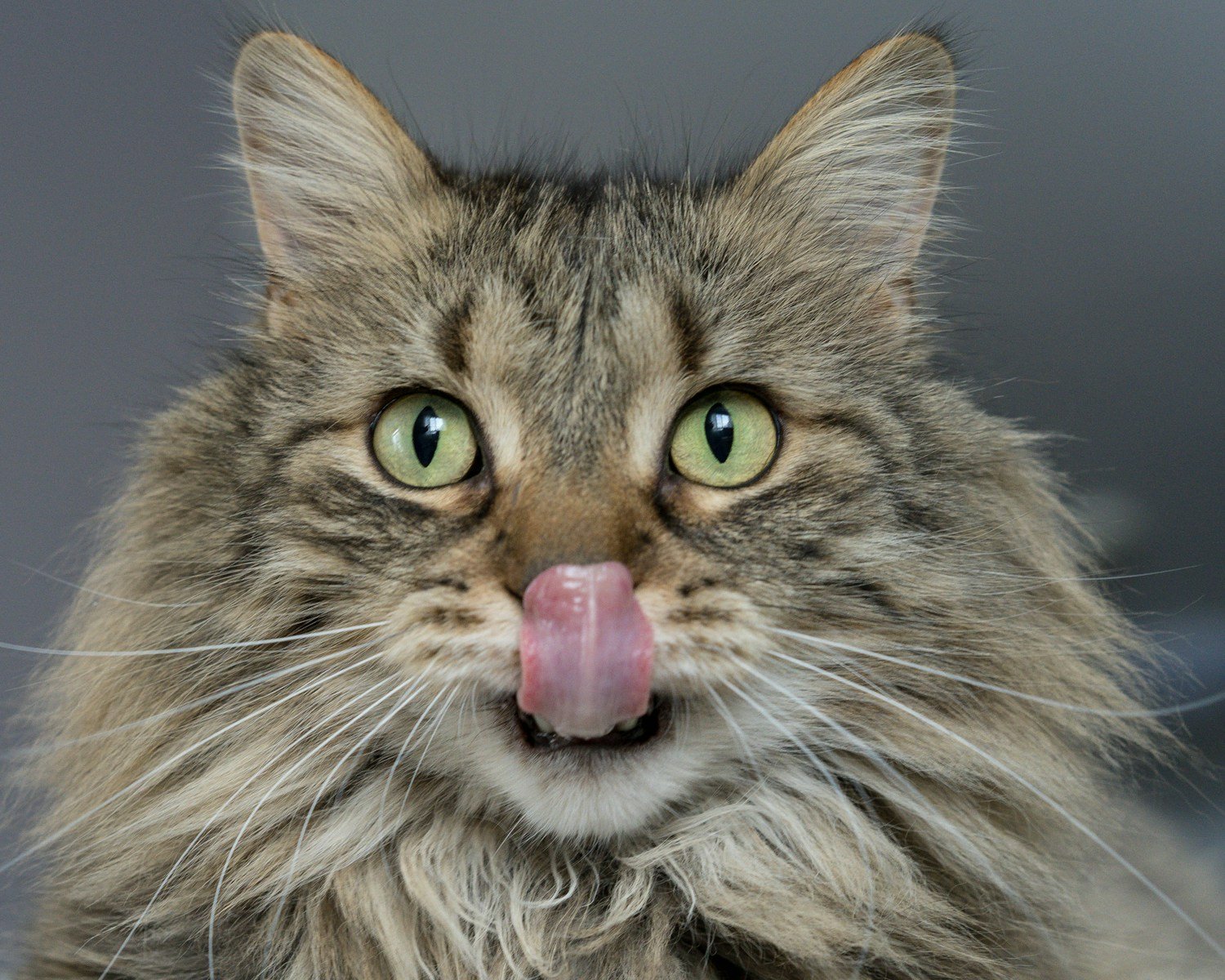
Various approaches are being employed worldwide to mitigate the impact of feral cats. These include trap-neuter-return (TNR) programs, habitat modification, and public education campaigns aimed at responsible pet ownership. Each strategy comes with its own set of challenges, necessitating careful consideration and implementation.
Ethical Considerations in Management
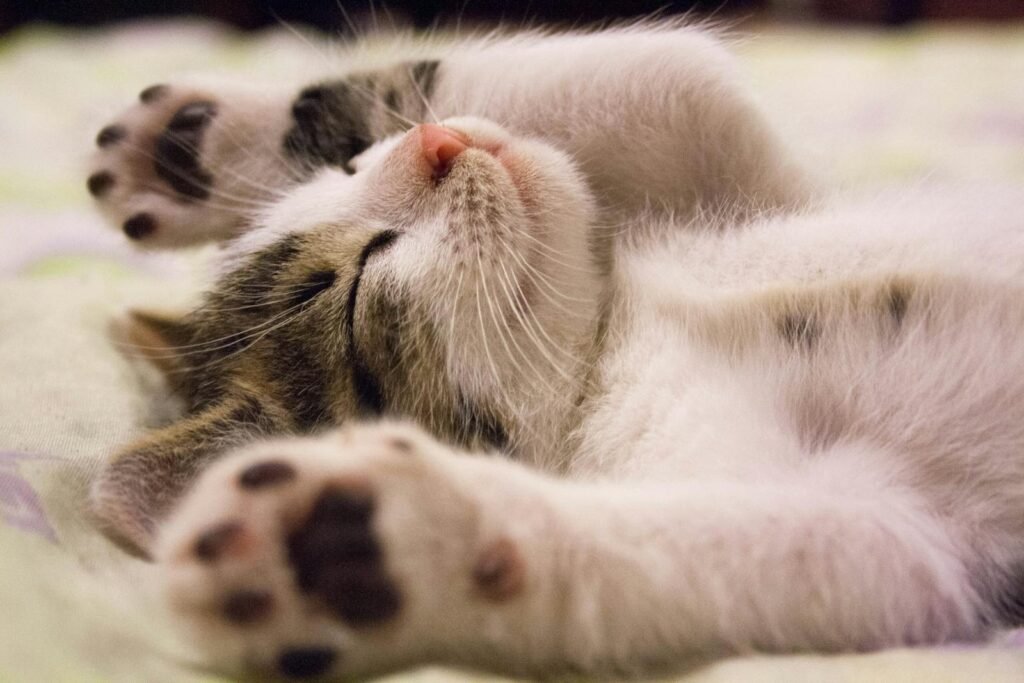
Managing feral cat populations involves ethical considerations, particularly regarding the treatment of the cats themselves. Humane methods such as TNR are often favored because they address population control without harm. Ethical discourse continues on where to draw the line between protecting wildlife and preserving the lives of feral cats.
The Role of Community Involvement

Effective management of feral cat populations requires active community involvement. Education initiatives and community programs encourage responsible pet ownership, discourage abandonment, and engage citizens in local conservation efforts. This grassroots approach can help build consensus and foster collaboration.
Technology and Research in Understanding Impact

Ongoing research is crucial to understanding and mitigating the impact of feral cats on wildlife. Innovations in tracking and data analytics, such as GPS collars and remote sensing, provide valuable insights into cat behaviors, aiding in the development of targeted conservation strategies.
Cultural Perspectives on Feral Cats
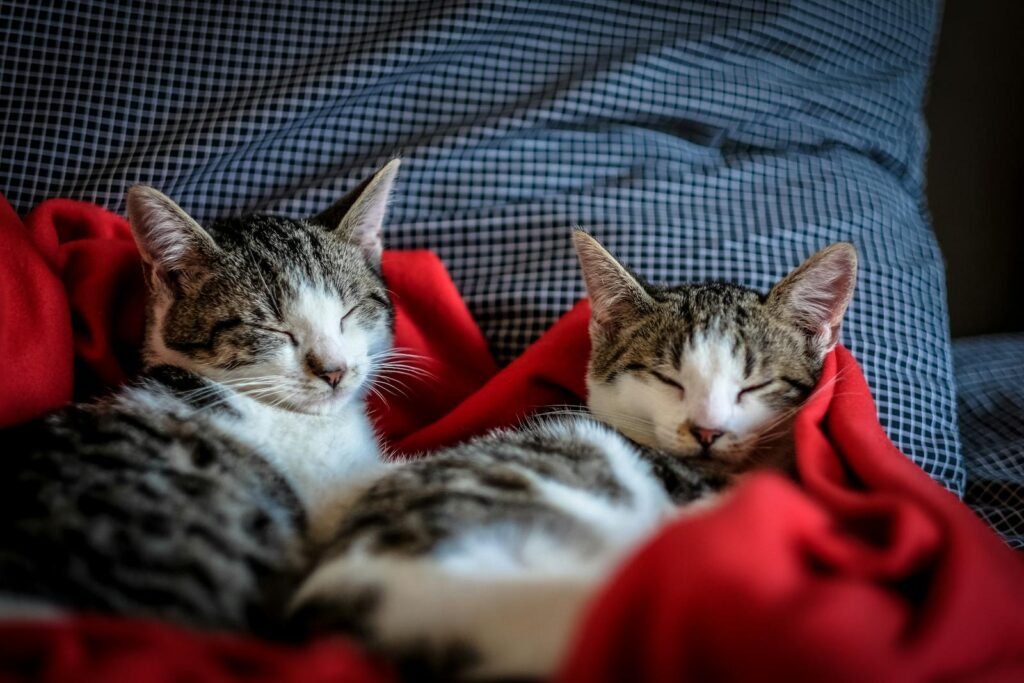
Cultural views on cats vary significantly around the world, influencing how societies address feral populations. In some cultures, cats are cherished and protected, while in others, they are seen as nuisances or threats. Cultural sensitivity is essential when crafting solutions that communities can collectively support.
Case Studies: Success and Challenges

Different regions have adopted varied approaches to managing feral cats, leading to a range of outcomes. For instance, Australia’s invasive species management efforts have included large-scale fencing and predator-proof sanctuaries, with mixed results. Similarly, New Zealand’s initiatives reflect a high level of commitment but face public opposition.
Education and Awareness
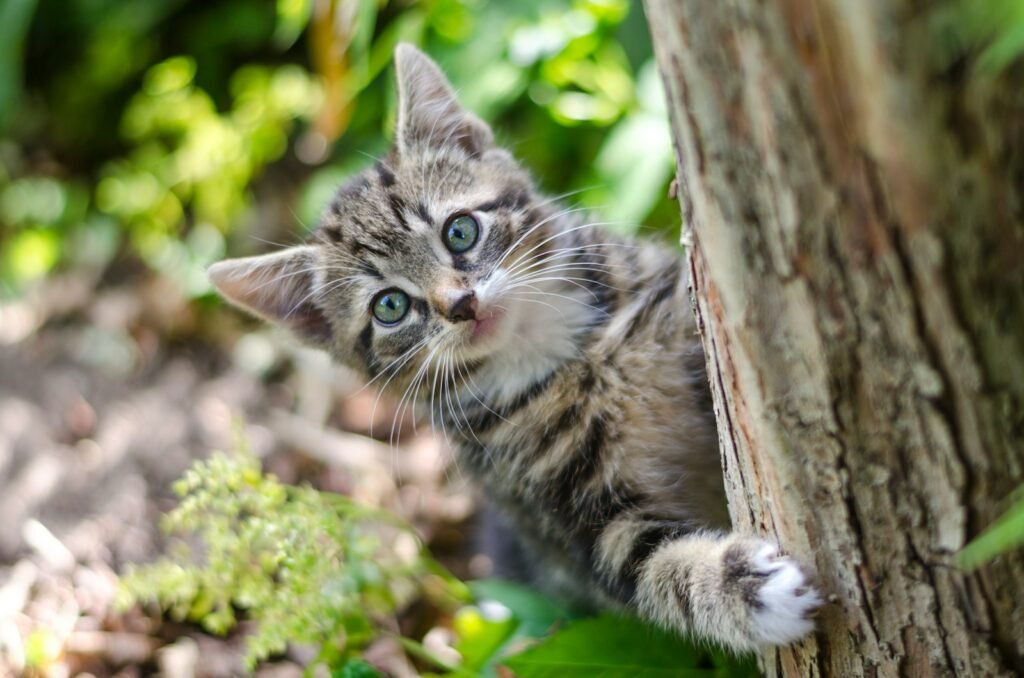
Raising awareness about the impact of feral cats on wildlife is essential for fostering change. Educational campaigns aimed at pet owners, policymakers, and the general public can help reduce the incidence of abandoned pets and promote coexistence strategies beneficial to wildlife.
Collaborative Global Efforts

Addressing the issue of feral cats is a global endeavor that benefits from international collaboration. Conservation organizations, governments, and animal welfare groups are increasingly working together to develop cohesive strategies and share findings that can be applied across regions.
Conclusion: A Balance of Conservation and Compassion
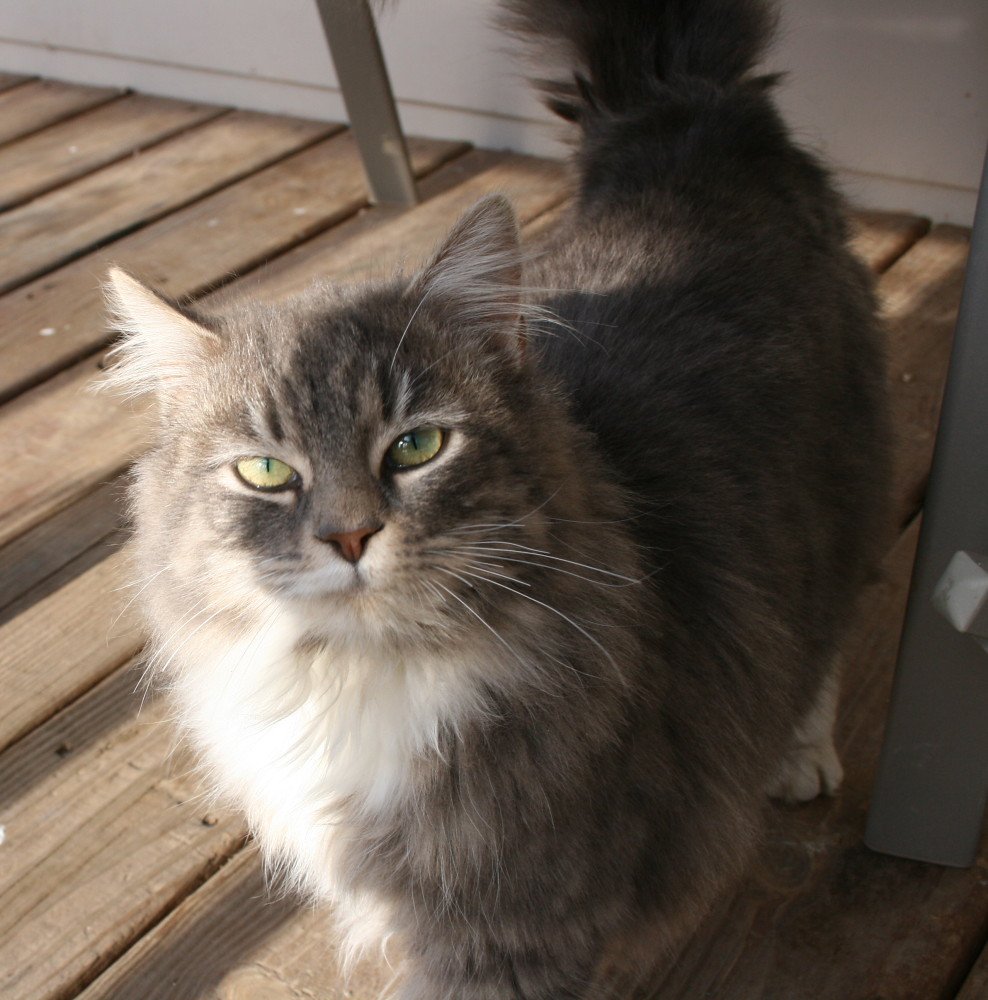
Feral cats, with their intricate roles in ecosystems, present an ongoing challenge to conservationists and animal welfare advocates alike. The path forward must incorporate approaches grounded in science, ethics, and community dynamics to ensure a balance between preserving biodiversity and respecting the lives of these resilient animals. With continued research, education, and collaboration, we can hope to mitigate their impact while appreciating their place in our shared world.
Hi, I’m Bola, a passionate writer and creative strategist with a knack for crafting compelling content that educates, inspires, and connects. Over the years, I’ve honed my skills across various writing fields, including content creation, copywriting, online course development, and video scriptwriting.
When I’m not at my desk, you’ll find me exploring new ideas, reading books, or brainstorming creative ways to solve challenges. I believe that words have the power to transform, and I’m here to help you leverage that power for success.
Thanks for stopping by, Keep coming to this website to checkout new articles form me. You’d always love it!






